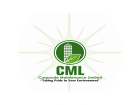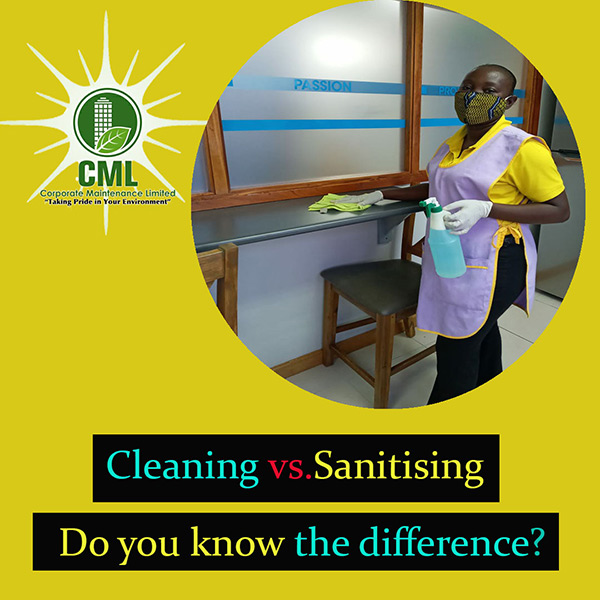The outbreak of Covid 19 has led to an increase in awareness of the importance of proper cleaning and sanitisation. However, “cleaning” and “sanitising” have often been misunderstood to mean the same thing. That’s why it is crucial that business owners ensure that their commercial cleaners understand the difference between the two. This is key to achieving true sanitation. So what is the difference between cleaning and sanitising?
Cleaning is the process of getting rid of deposits or debris on surfaces. On the other hand, sanitising is the process of reducing bacteria or pathogens on clean surfaces. Therefore, cleaning is not sufficient to achieve the level of cleanliness that is required during a pandemic such as this.
Here are five tips for ensuring proper sanitisation.
DEEP CLEAN
Do a deep clean of your office space. Deep cleaning is a more thorough cleaning of your space than the usual dusting, sweeping and wiping of regularly used areas in your office. It involves getting into hard to reach places and places that don’t usually get attention during regular cleaning. It involves:
- emptying cupboards, removing cabinets, boxes etc from floor space
- moving furniture to get rid of dust mites
- removing scum from areas such as faucets
- Cleaning walls, windows, ledges, doors etc.
The “top/ bottom” cleaning method is recommended during a deep clean, which means that areas are cleaned from the highest points to the lowest (from cob webbing the ceiling, cleaning walls, windows to wiping the desk to sweeping and wiping the floor).
COLOUR CODE
Colour code cleaning rags to ensure they are used for their designated purposes. This will prevent cross contamination. For instance, use only blue microfiber rags in the kitchen. Red microfiber rags only in bathrooms and white microfiber rags for telephones. Cleaning staff should be educated on the different colours by displaying the codes in the appropriate areas.
WIPE DOWN IN ONE DIRECTION
Use the proper technique when wiping down a surface. Slide the cleaning material in one direction and do not go in the opposite direction. Going back in the opposite direction simply redeposits the germs and bacteria to the area. Routinely wipe down areas that are frequently touched by staff and customers. Highly touched areas include areas such as:
- Door knobs
- chair arms
- computer keyboards
- light switches and a/c remotes
- Counter tops, copying machine, fridge and microwave handles.
USE OF THE RIGHT CHEMICALS
It is imperative to know what products to use, whether you are cleaning or sanitising. It is also vital to read the labels on cleaning and sanitisation products to ensure their effectiveness. For instance, sometimes products are wiped away too soon thus rendering them ineffective. All chemical have their specific use and should not be mixed. Eg: Bleach mixed with other chemicals can be detrimental to your health. Knowing the correct ratio in diluting your chemicals is also important for maximum benefit.
USE DISPOSABLE MATERIALS
Viruses can leave a trail. That’s why it is recommended that you use disposable material during cleaning as much as possible. This includes disposable masks, gloves and aprons. It is wise to use disposable material in areas such as the restroom and areas that are frequently touched.
Covid 19 is no joke. An ounce of prevention, as they say, is worth a pound of cure. Therefore, implement these tips into your health and safety plan to play your part in stopping the spread of this novel Coronavirus. The health of your staff and customers are paramount at this time.
If you require help with the sanitisation of your place of business, do reach out to CORPORATE MAINTENANCE LIMITED now. Whether you need a deep cleaning, which is recommended at this time, or daily sanitation of your space, we are here to get the job done and done well. We have been in the janitorial business for almost two decades, so we are proud to say we know a thing or two about cleaning and sanitising. Call us at 876-927-9863 or email [email protected] to get a quote.

